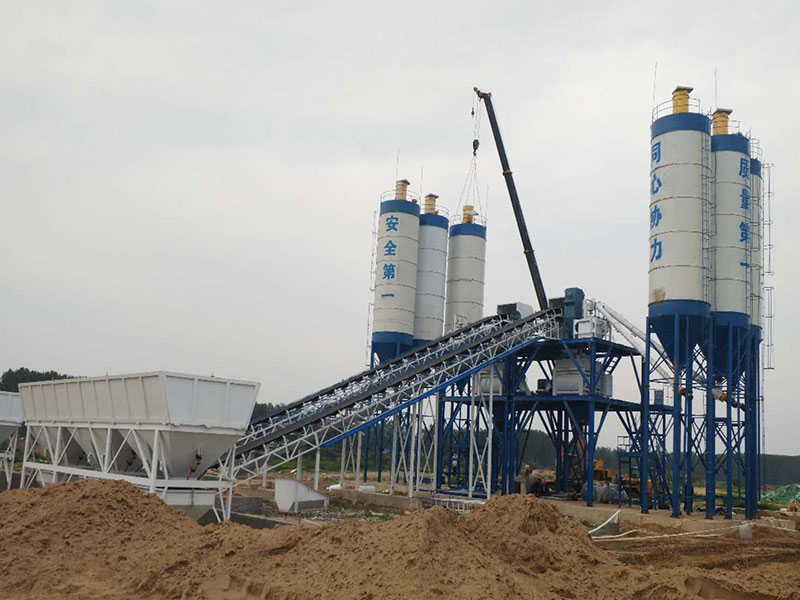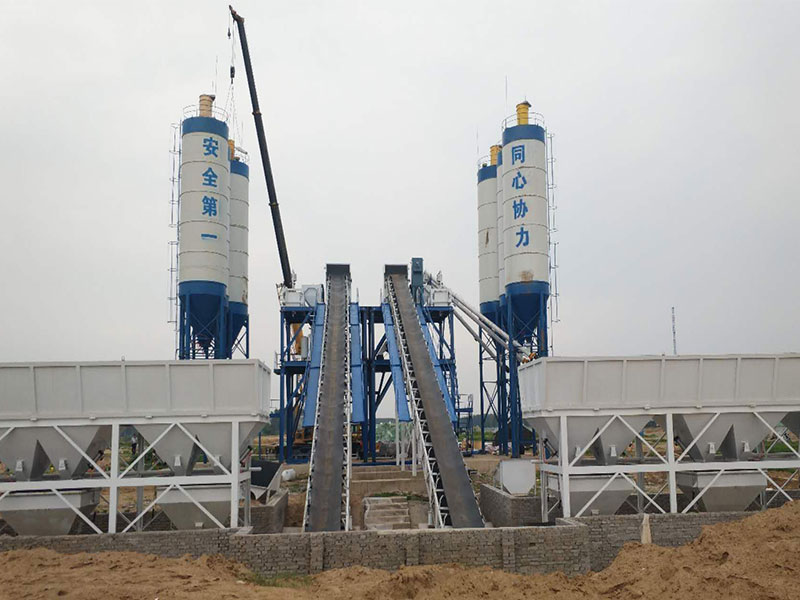Investing in a batching plant can be a strategic move for businesses involved in the construction industry. However, like any investment, it requires careful consideration of various factors to ensure its profitability. A comprehensive cost analysis and return on investment (ROI) assessment are crucial steps in making an informed decision.
Initial Investment Costs
The first step in evaluating the feasibility of a batching plant investment is assessing the initial costs involved. This encompasses several aspects:
Batching Plant Equipment: The heart of the operation, the harga batching plant beton itself is a significant factor. This includes essential components like mixers, conveyor belts, cement silos, and computerized control systems.

Infrastructure and Site Preparation: A proper foundation is essential for the efficient and safe operation of the batching plant. This cost involves land acquisition, site preparation, constructing the plant’s foundation, and installing utilities like water, electricity, and drainage.
Regulatory and Permitting Costs: Acquiring necessary permits, licenses, and complying with regulatory standards can lead to additional expenses. This is a critical step to ensure legal operations.
Operational Expenses
After the plant is operational, ongoing operational expenses play a crucial role in determining the ROI:
Labor Costs: Employing skilled operators, maintenance personnel, and administrative staff is essential for smooth plant operations. Adequate staffing ensures the plant functions efficiently and maintenance is conducted timely.
Raw Materials: Concrete production requires raw materials such as cement, aggregates, water, and additives. These costs are directly related to the volume of concrete produced.
Energy Consumption: Electricity and fuel costs are significant contributors to operational expenses. The batching plant’s energy efficiency directly impacts the overall costs.
Maintenance and Repairs: Regular maintenance for the jual concrete batching plant is essential to prevent downtime and maintain equipment functionality. Unforeseen repairs can impact the budget, making proper maintenance practices critical.

Overhead Costs: Administrative expenses, insurance, and other overheads add to the operational costs. Proper budgeting for these expenses ensures smooth operations.
Production Capacity and Demand
To evaluate ROI, understanding production capacity and market demand is vital:
Production Capacity: The plant’s production capacity, or the amount of concrete it can produce per unit of time, determines revenue potential. Higher capacity can lead to increased revenue but also requires higher operational expenses.
Market Demand: Analyzing the demand for concrete in the target area is crucial. Construction projects, infrastructure development, and market trends impact the demand, directly influencing revenue.
Revenue Generation
Estimating revenue is a key aspect of ROI calculation:
Concrete Sales: The primary source of revenue comes from selling the produced concrete. The revenue generated depends on the volume of concrete sold and the price per unit.
ROI Calculation
Calculating ROI provides a clear perspective on the investment’s profitability.
Calculate Net Profit: Deduct total operational expenses from the revenue generated. This yields the net profit directly attributable to the batching plant’s operations.
Calculate Initial Investment: Sum up all the initial investment costs, including equipment, infrastructure, permits, and site preparation.
Plug Values into ROI Formula: Divide the net profit by the initial investment, multiply by 100 to get the ROI percentage.
Sensitivity Analysis
Performing a sensitivity analysis helps gauge the investment’s resilience to changes:
Scenario Testing: Consider various scenarios by altering factors like kapasitas batching plant, market demand, and operational costs.
Impact Assessment: Analyze how these changes affect the ROI. This analysis aids in understanding potential risks and opportunities.
Payback Period
The payback period is the time it takes for the cumulative net cash inflows to recover the initial investment:
Calculate Payback Period: Divide the initial investment by the annual net cash inflow to determine how long it takes to recoup the investment.
Risk Assessment
Assessing risks associated with the investment is crucial:
Market Fluctuations: Changes in market demand, economic downturns, or increased competition can impact revenue and ROI.
Regulatory Changes: Shifts in regulations or compliance requirements can lead to unexpected expenses or operational changes.
Maintenance Costs: Unexpected breakdowns and maintenance costs can affect the budget and ROI.
Conclusion
Investing in a batching plant involves a comprehensive understanding of harga batching plant mini, revenue, and potential risks. Conducting a thorough cost analysis and ROI assessment empowers businesses to make informed decisions. By considering initial investment costs, ongoing operational expenses, production capacity, market demand, and other variables, investors can determine the viability of a batching plant investment and its potential to deliver a positive return on investment over time.
